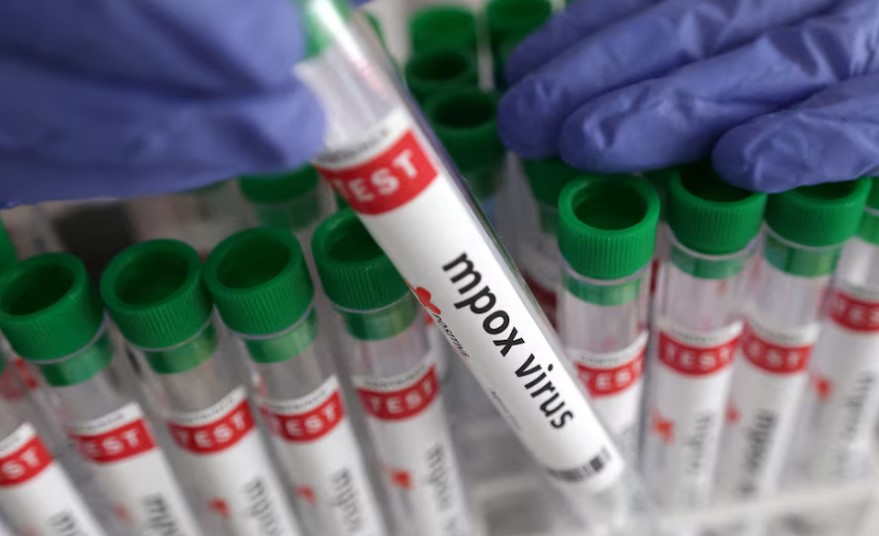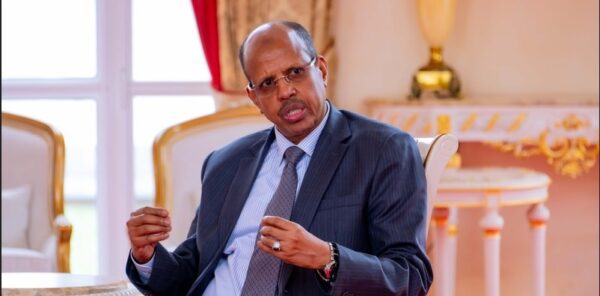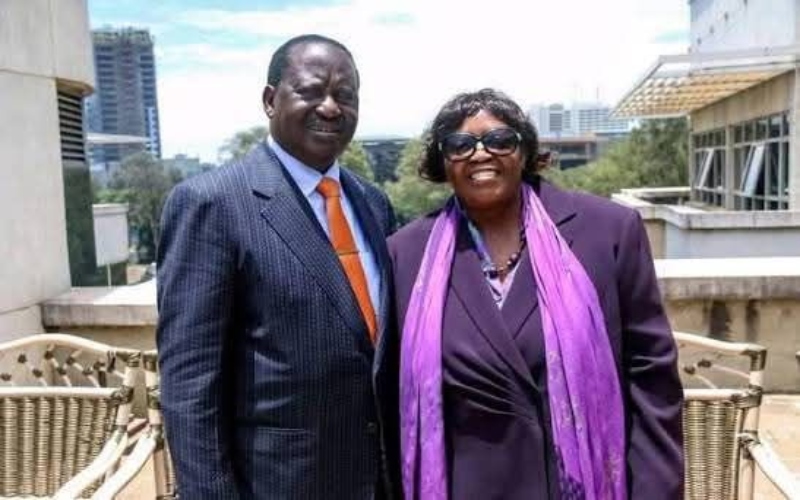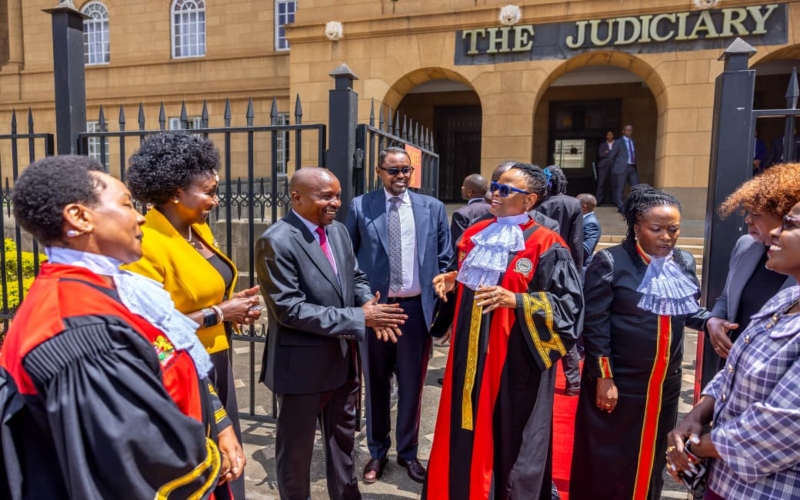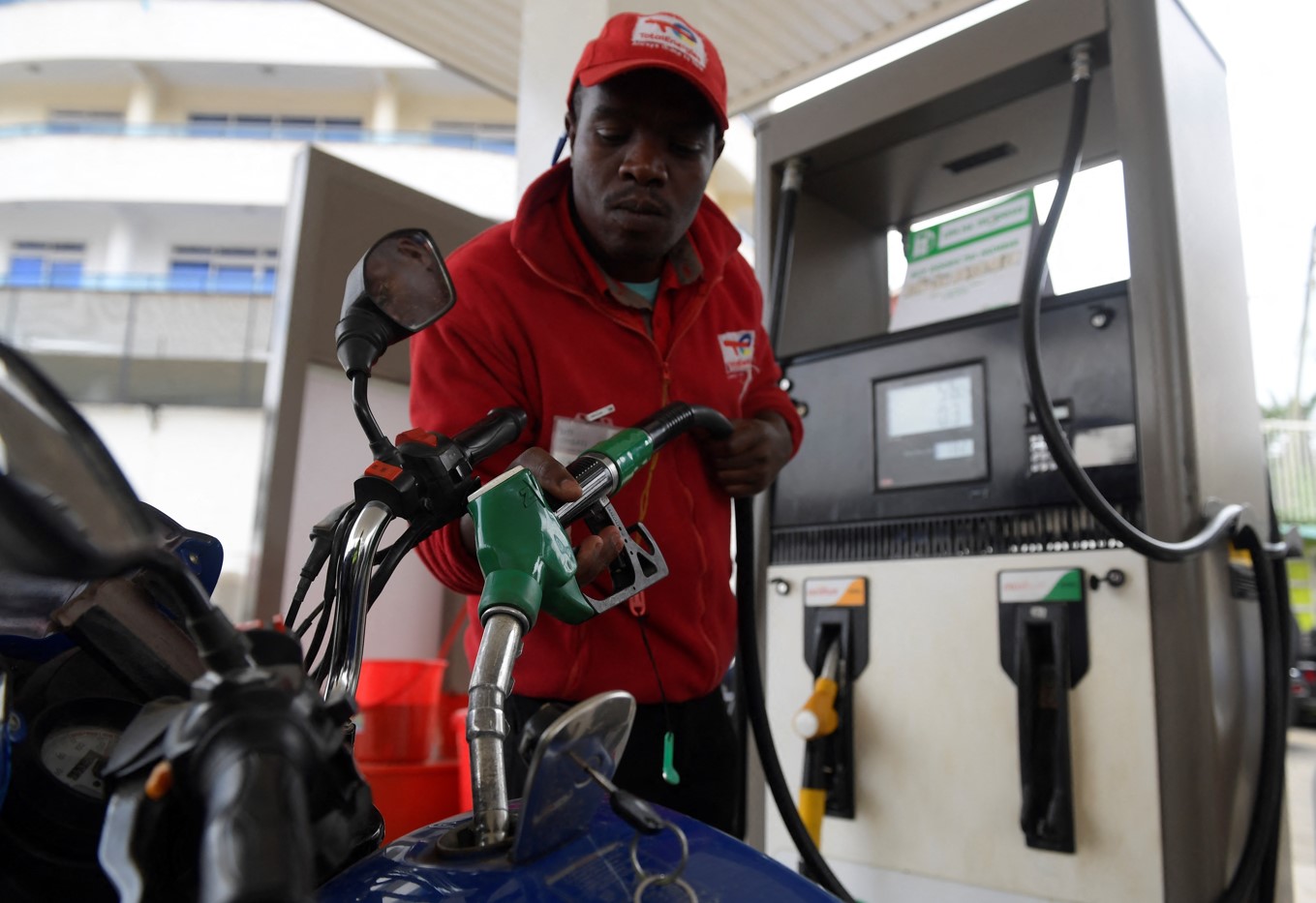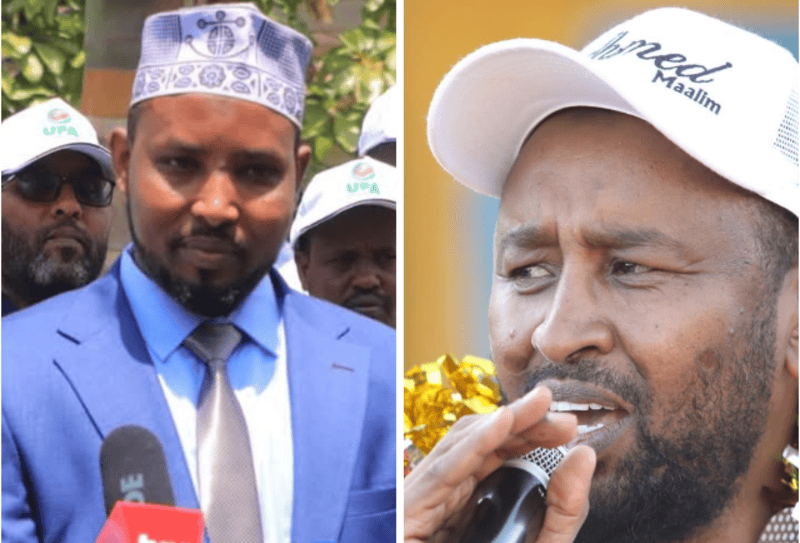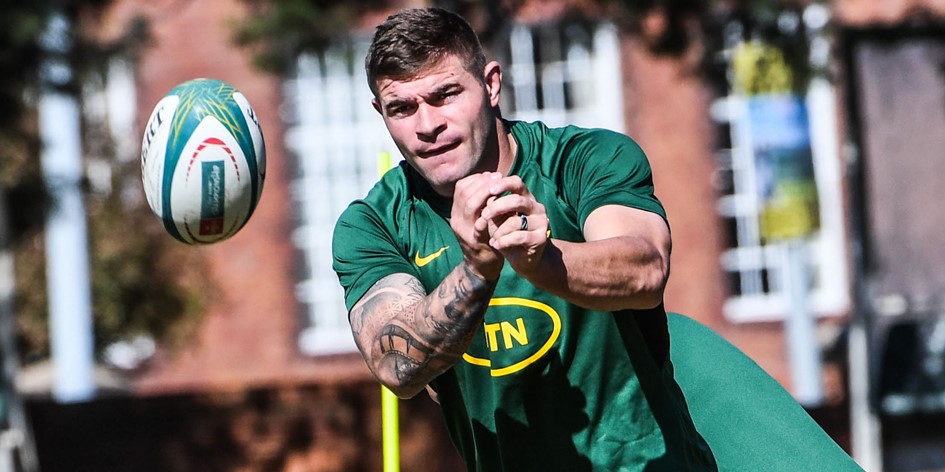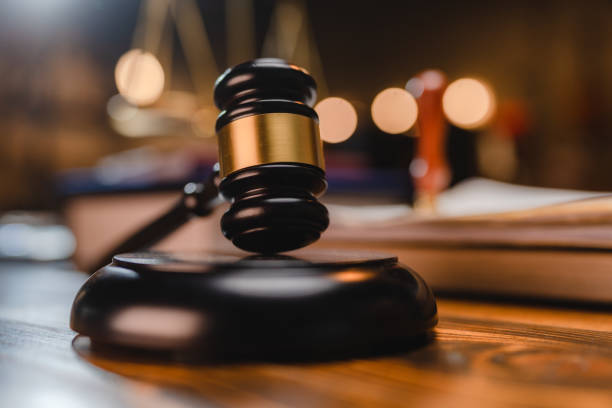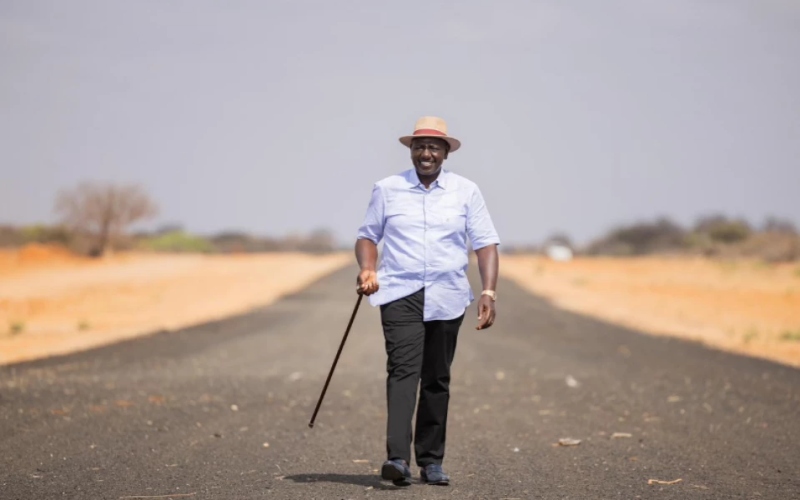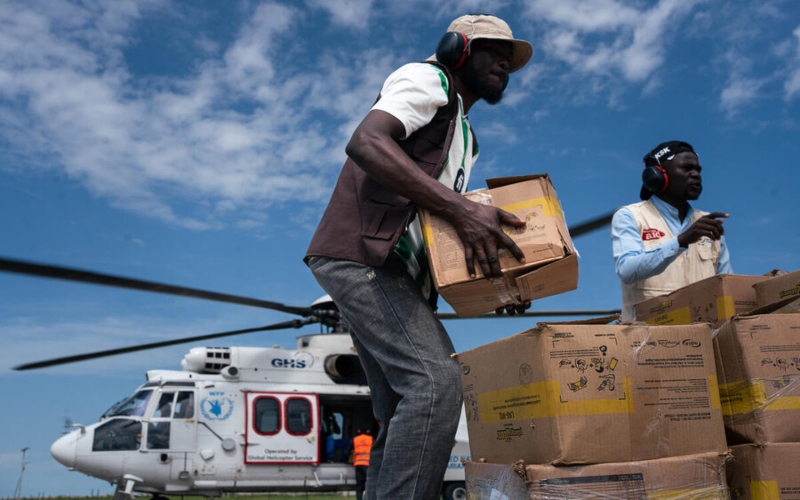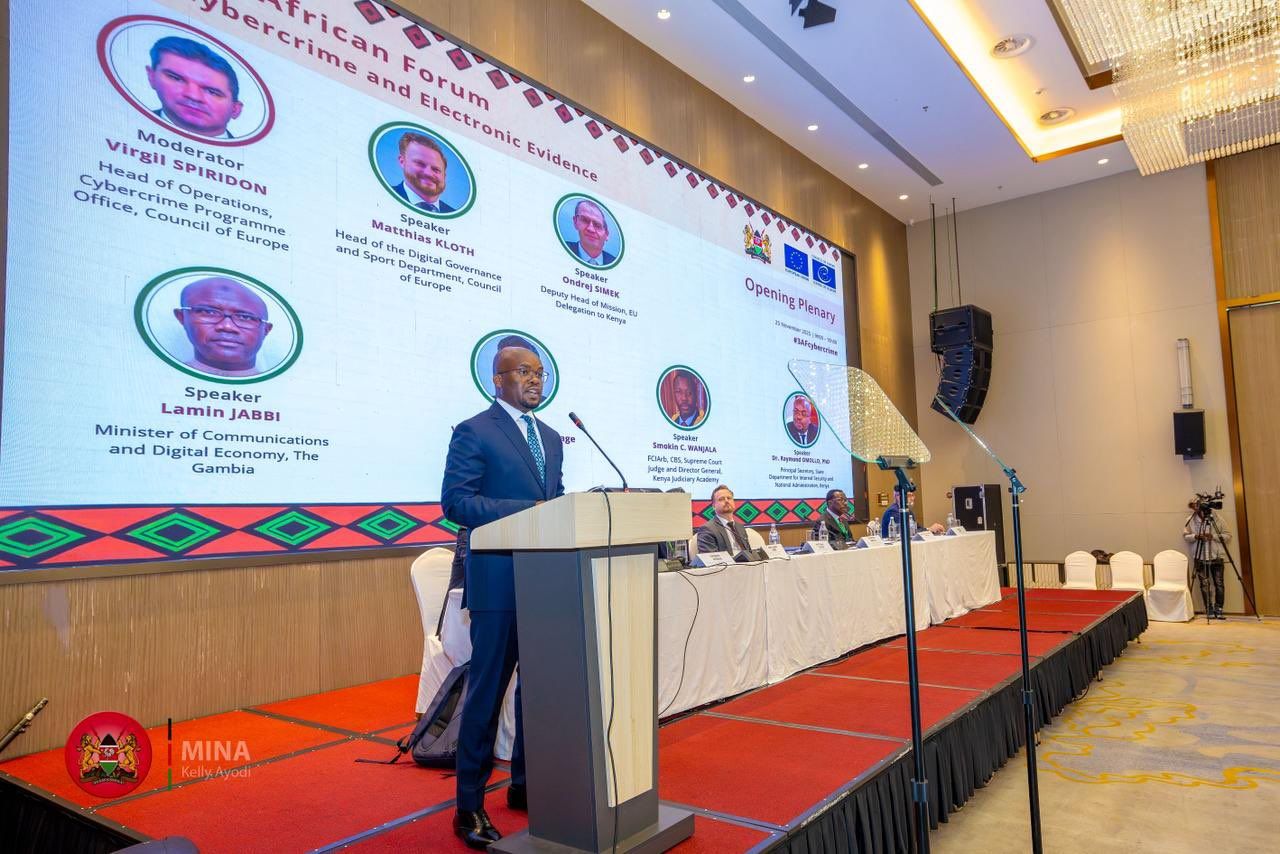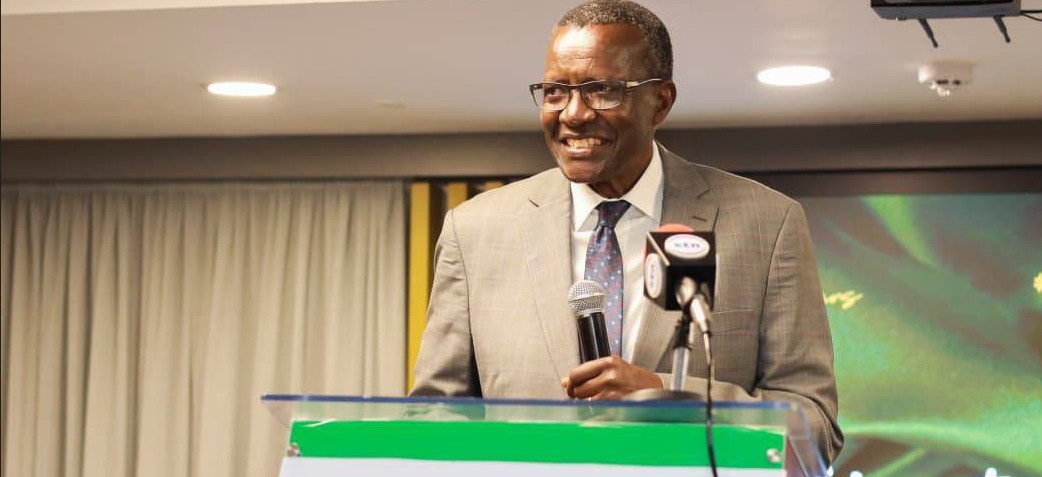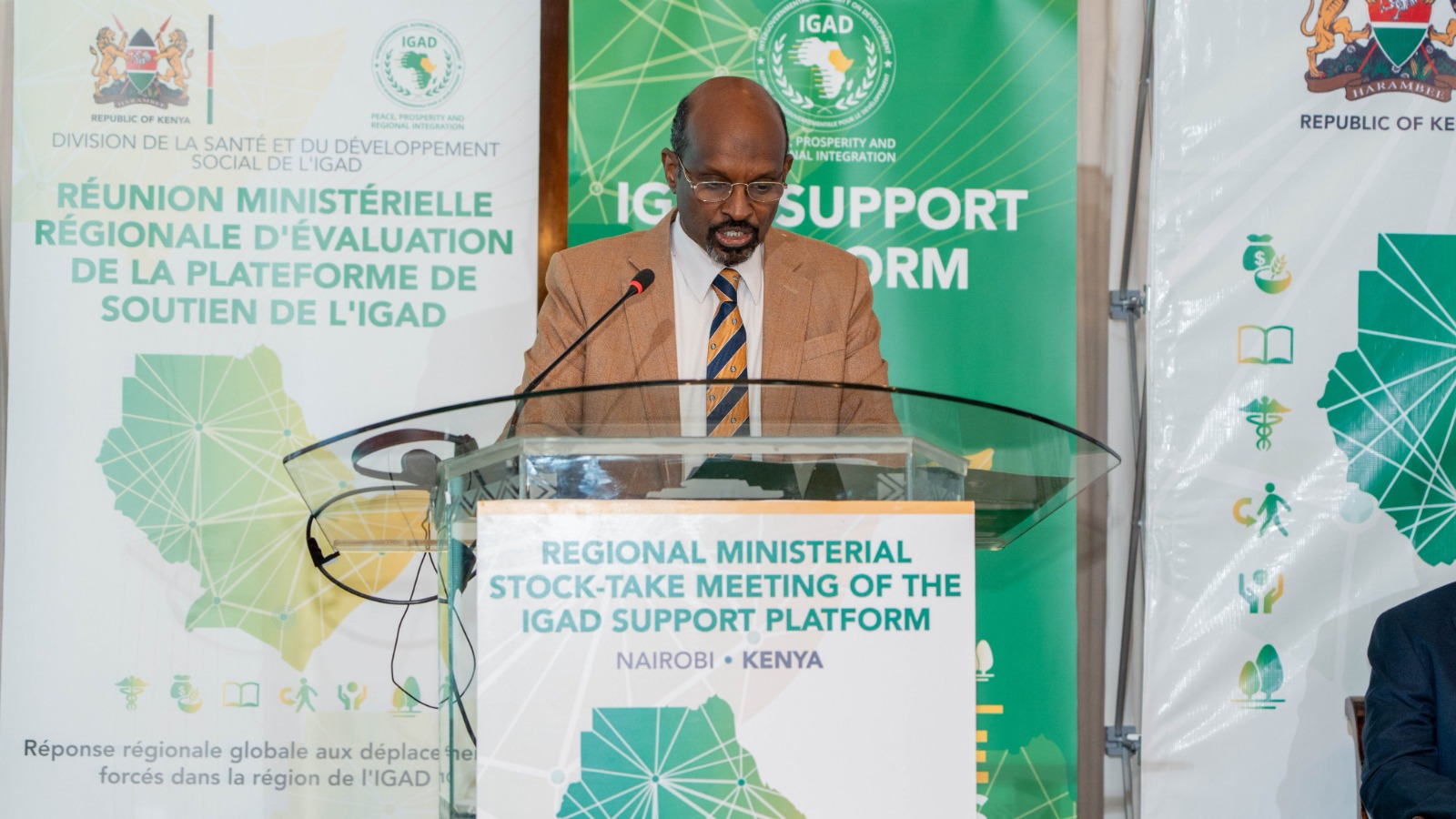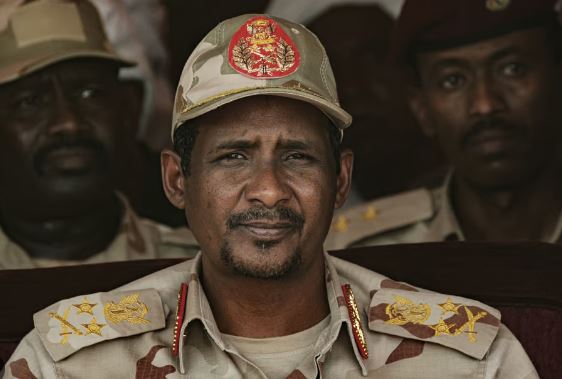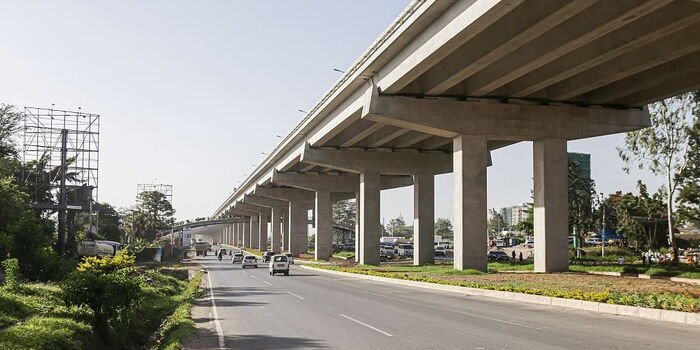Key moments in the life and political journey of Raila Odinga
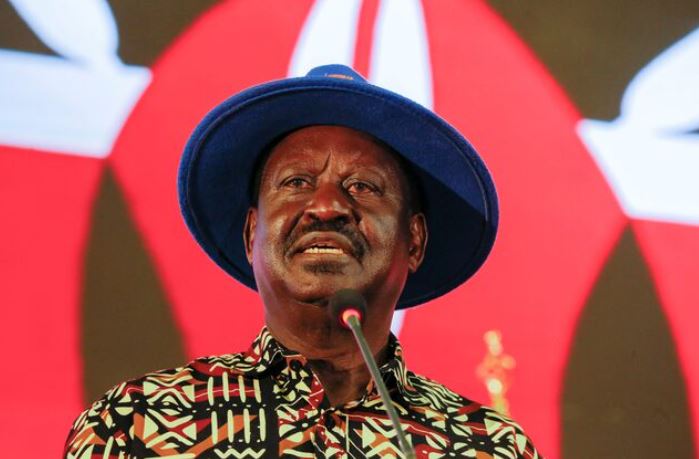
Across four decades, Raila has been a detainee and deal maker, street mobiliser and state reformer. His legacy stretches from the cells of Nyayo House to the pages of the 2010 Constitution, from the roar of mass rallies to the quiet calculus of coalition politics.
The late Raila Odinga’s life has shaped Kenya's political sphere. From a six-year incarceration after the 1982 coup attempt to an unprecedented Supreme Court election nullification in 2017, Raila’s arc mirrors Kenya’s own turbulent journey toward pluralism and constitutional reform.
Here is a breakdown of the key dates in his political life.
More To Read
- Raila Odinga's sister Beryl Achieng dies
- Why fight over ODM threatens party’s future, Odinga dynasty - analysts
- Oburu Oginga declares firm grip on ODM, promises to lead in Raila’s footsteps
- Why ODM should convene NDC meeting over broad-based pact with Ruto- Winnie Odinga
- ODM at 20: Babu Owino warns of mass action over cost of living, questions new appointments
- ODM turns 20 amid deepening rift over the party's future, 'broad-based' deal
His detention (1982–1988): In 1982, following a failed Kenya Air Force coup attempt against President Daniel arap Moi, Raila was detained without trial. He spent six years behind bars, emerging as a symbol of defiance against one-party rule. That ordeal would become the crucible of his pro democracy identity and the foundation of his political legend.
Multiparty politics (1992): With the return of multiparty politics, Raila won the Lang’ata parliamentary seat on a FORD Kenya ticket in 1992. The election marked his formal entry into mainstream politics and cemented his role in the fledgling opposition.
KANU- NDP pact (1997–2001): After a fallout in the opposition, Raila formed the National Development Party (NDP) and finished third in the 1997 presidential race. In a striking tactical shift, he later merged NDP with the ruling KANU under Moi, taking his movement into the heart of a party he had long opposed.
Breaking away to make a president (2002): The KANU-NDP alliance unravelled when Moi anointed Uhuru Kenyatta as successor. Raila led a KANU split, formed the Liberal Democratic Party (LDP) and joined the National Rainbow Coalition (NARC).
His “Kibaki Tosha!” endorsement became a rallying cry that helped propel Mwai Kibaki to the presidency, ending KANU’s four-decade grip on power.
The Orange wave and ODM’s birth (2005): In the 2005 constitutional referendum, Raila led the “No” (Orange) campaign against a government-backed draft. The victory triggered a rupture with Kibaki and birthed the Orange Democratic Movement (ODM), the vehicle that would define Raila’s political future.
Disputed election (2007–2008): Raila’s 2007 presidential bid ended in crisis when the Electoral Commission declared Kibaki the winner amid claims of fraud. Post-election violence rocked the country. A Kofi Annan-brokered accord produced a grand coalition with Raila as Prime Minister (2008–2013)—a rare power-sharing arrangement meant to steady the nation.
A new constitutional order (2010): From the Prime Minister’s office, Raila championed the drive for a new constitution. The document, approved in a 2010 referendum and enacted that August, reshaped Kenya’s governance through devolution and expanded rights.
Presidential race (2013, 2017): Raila lost the 2013 presidential race to Uhuru Kenyatta in the first general election under the new constitution. In 2017, he ran again and successfully petitioned the Supreme Court to nullify the presidential result—an African first. He boycotted the rerun, which Kenyatta won, but the legal precedent redefined electoral jurisprudence.
Handshake and BBI (2018): On March 9, 2018, Raila and President Kenyatta stunned the country with a public truce dubbed the “Handshake.” The détente cooled political temperatures and birthed the Building Bridges Initiative (BBI), an ambitious but ultimately unsuccessful constitutional reform project.
Another near miss (2022): Backed by Uhuru, Raila made a fifth presidential run under the Azimio la Umoja coalition. He lost narrowly to William Ruto, challenged the result, and ultimately accepted the court’s decision—an outcome that underscored the maturing, if still contested, rules of Kenya’s democracy.
A continental bid falls short (2024): Pivoting beyond national politics, Raila sought the chairpersonship of the African Union Commission in 2024, signalling continental ambitions. He lost to Djibouti’s Mahmoud Ali Youssouf, closing another chapter in a career defined by resilience and reinvention.
Across four decades, Raila has been a detainee and deal maker, street mobiliser and state reformer. His legacy stretches from the cells of Nyayo House to the pages of the 2010 Constitution, from the roar of mass rallies to the quiet calculus of coalition politics. Whether on the front lines of protest or inside the rooms where bargains are struck, his presence has shaped Kenya’s democratic story—contested, consequential, and still unfinished.
Top Stories Today
